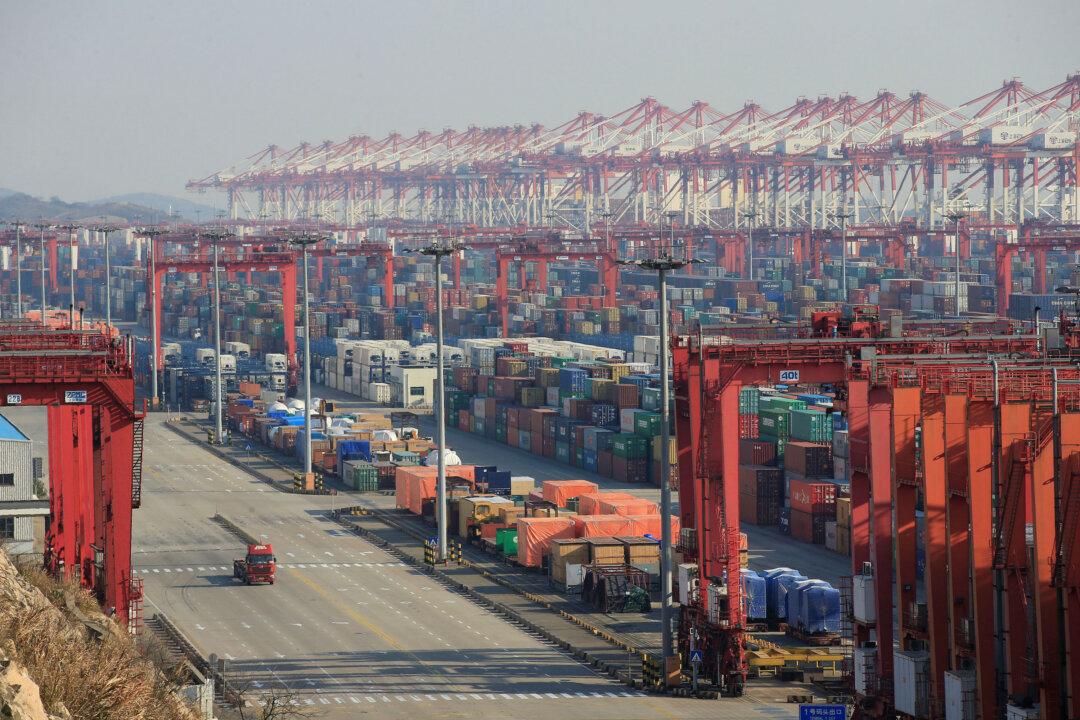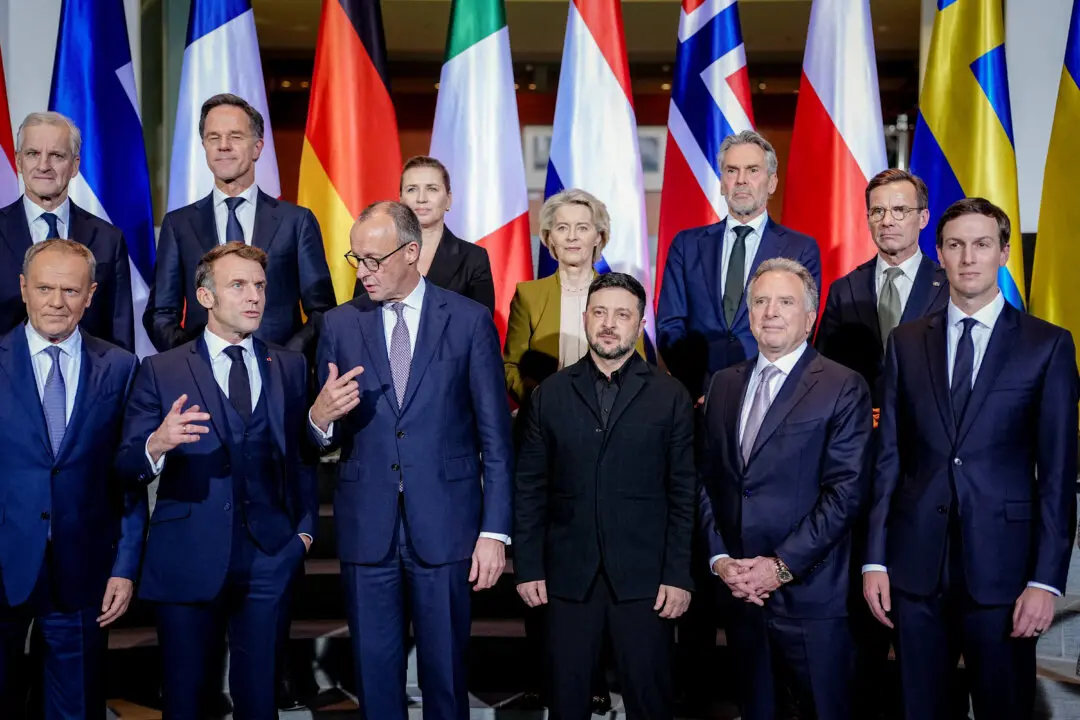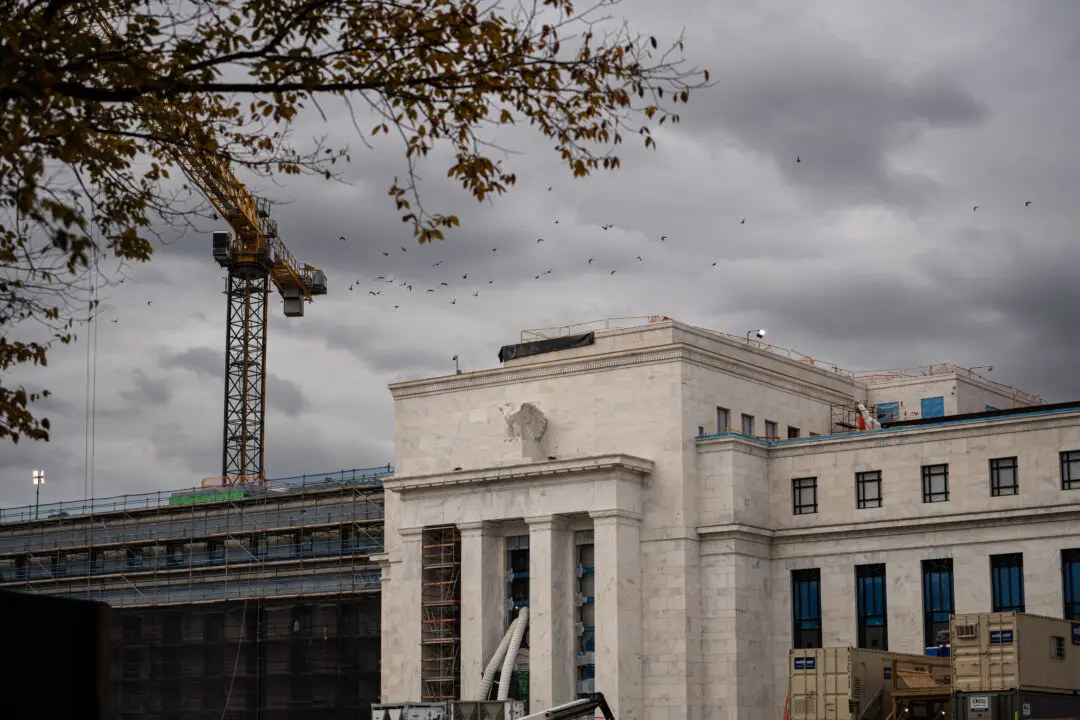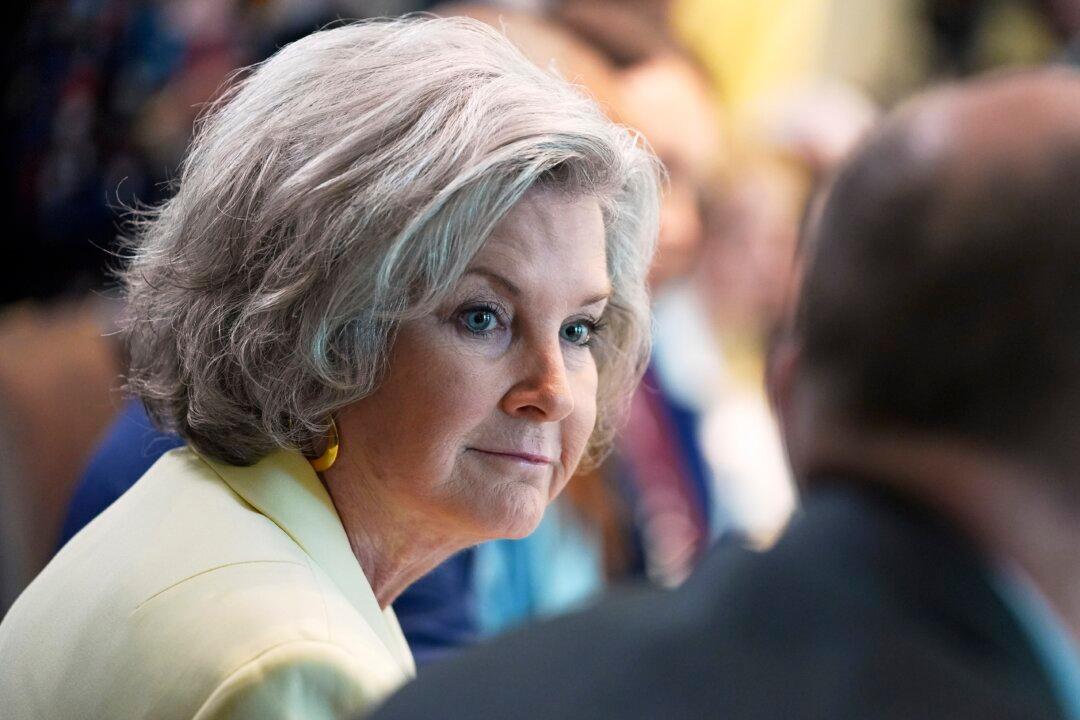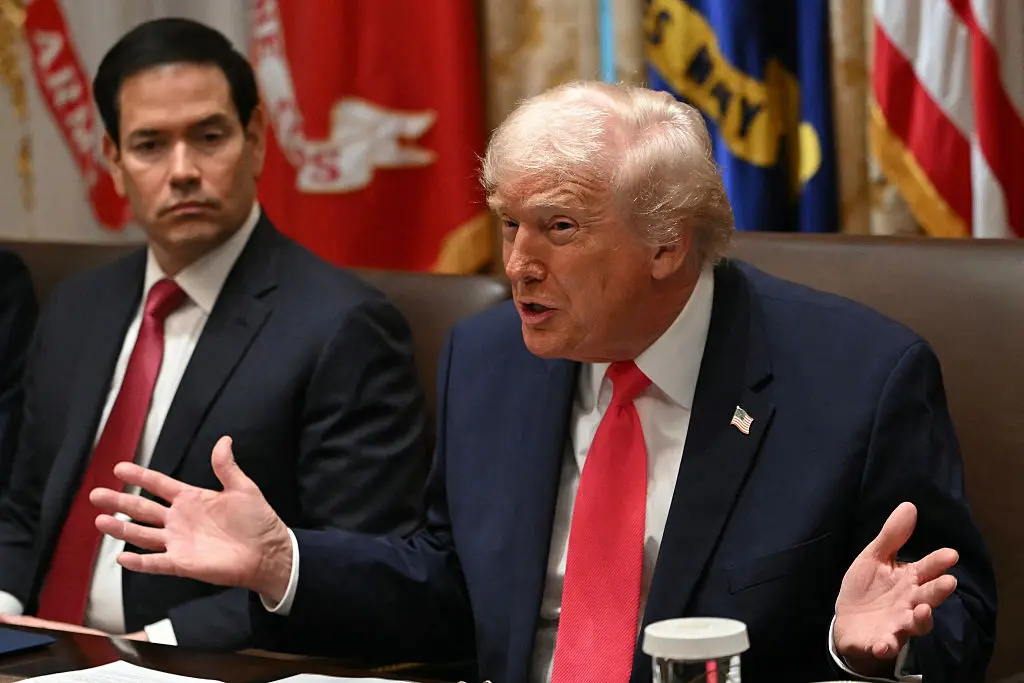WASHINGTON— The Chinese regime has committed to buying an additional $200 billion in U.S. goods and services over the next two years in a “phase one” trade deal struck between the two countries, according to a senior White House official.
The deal also includes commitments by the regime to reform “critically important structural issues,” including in the areas of intellectual property, forced technology transfer, and currency and foreign exchange, the Office of the U.S. Trade Representative (USTR) said in a statement.
